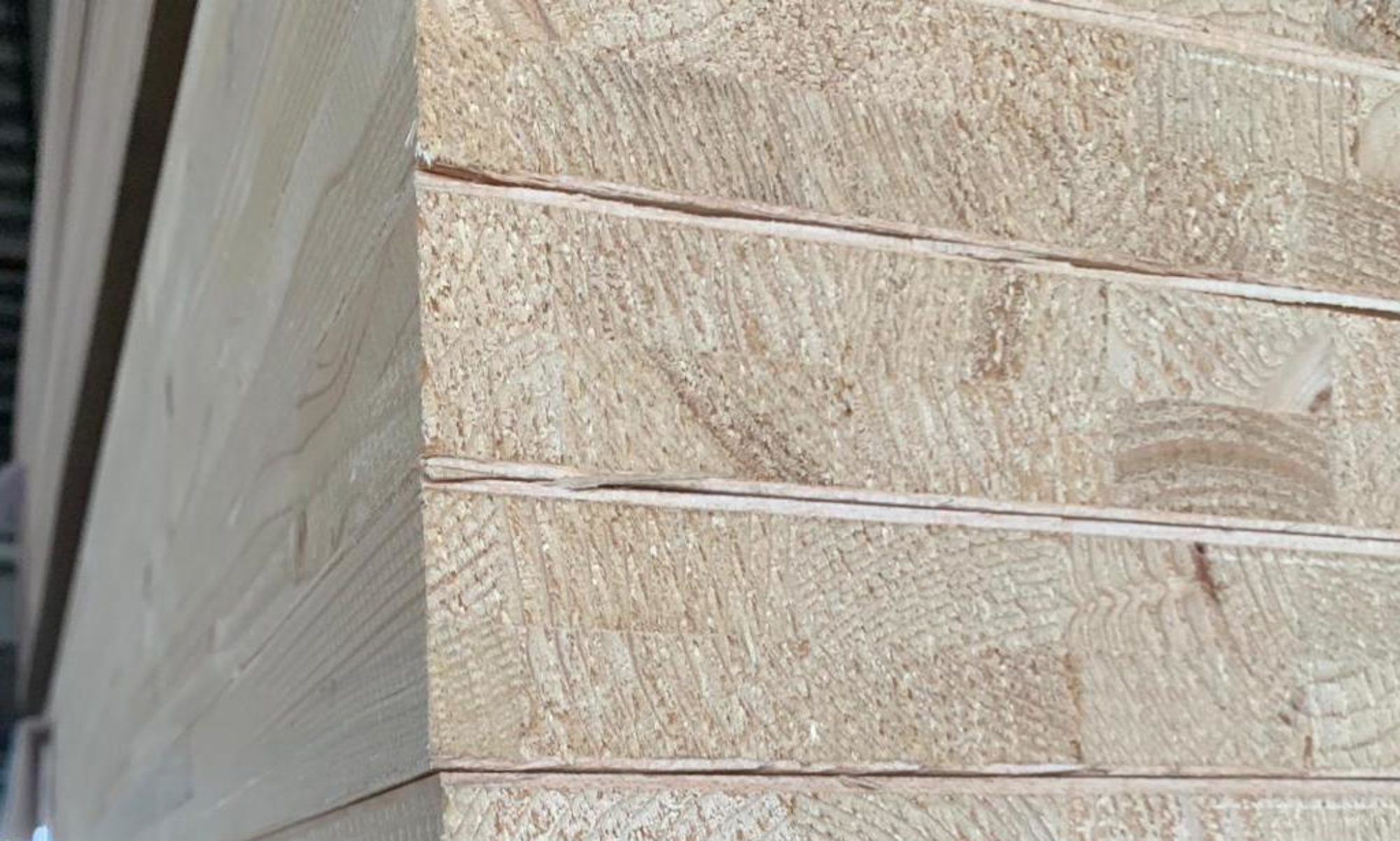The U.S. hardwood plywood industry is at a pivotal moment with the recent filing of antidumping duty (ADD) and countervailing duty (CVD) petitions targeting imports from China, Indonesia, and Vietnam. Announced on May 22, 2025, by the Coalition for Fair Trade in Hardwood Plywood, these petitions have sparked widespread discussion among manufacturers, importers, and consumers. This investigation could significantly impact the market for hardwood plywood, a critical material for cabinetry, furniture, and construction. Let’s explore what this investigation entails, its potential effects, and what it means for stakeholders in the industry.
What Are the CVD and AD Petitions?
The petitions, submitted to the U.S. Department of Commerce (DOC) and the International Trade Commission (ITC), claim that hardwood and decorative plywood from China, Indonesia, and Vietnam is being sold in the U.S. at unfairly low prices—a practice known as “dumping.” The CVD petition further alleges that these countries’ governments provide subsidies to their plywood producers, giving them an unfair advantage over U.S. manufacturers. The coalition argues that these practices are causing material injury to the domestic industry and threaten further harm.
The investigation covers a wide range of hardwood and decorative plywood products, including veneered panels used in applications like furniture and architectural projects. While certain products, such as ready-to-assemble (RTA) kitchen cabinets and finished tabletops, are excluded, the scope includes many plywood types classified under various Harmonized Tariff Schedule (HTS) codes.
Imported hardwood plywood often benefits from lower production costs abroad, making it a cost-effective option for distributors and end-users. However, the alleged dumping and subsidies have raised concerns among U.S. producers, who struggle to compete with these lower prices. The petitions aim to address this by potentially imposing duties to offset unfair pricing and subsidies, leveling the playing field for domestic manufacturers. For importers, distributors, and consumers, this could mean changes in pricing, availability, and supply chain dynamics.
The Investigation Process
The ADD and CVD investigations follow a structured timeline with two main phases:
- Initiation (By June 11, 2025): The DOC will review the petitions to determine if there’s sufficient evidence to proceed. The threshold for initiation is relatively low, requiring only “reasonably available” information, so the investigation is likely to move forward.
- Preliminary Phase (Estimated August 15, 2025, for CVD): The DOC will issue questionnaires to major exporters from the targeted countries and their governments to evaluate dumping margins and subsidy levels. A preliminary determination will indicate whether dumping or subsidization exists and estimate potential duty rates. This phase may be extended by up to 65 days if necessary.
- Final Phase: For duties to be imposed, both the DOC and ITC must issue affirmative findings. The ITC will assess whether the U.S. industry is materially injured or threatened by the imports, while the DOC will finalize dumping and subsidy rates.
If the findings are affirmative, duties could apply retroactively to shipments from the preliminary determination date, potentially increasing costs for importers and affecting supply chains.
Implications for Stakeholders
- Domestic Producers: U.S. plywood manufacturers could see increased demand if duties reduce the price advantage of imports. However, they may need to ramp up production to meet market needs, which could strain capacity.
- Importers and Distributors: Companies sourcing plywood from China, Indonesia, or Vietnam may face higher costs if duties are imposed. This could lead to price increases for customers or a shift toward alternative suppliers not subject to the investigation.
- Consumers and End-Users: Woodworkers, cabinetmakers, and construction firms may encounter higher plywood prices, impacting project budgets. This could prompt a search for cost-effective alternatives or domestically produced options.
- Global Supply Chains: The investigation highlights the challenges of global sourcing. Companies relying on imported plywood may need to diversify their supply chains to mitigate risks, potentially exploring new markets or investing in domestic partnerships.
Sustainability in Focus
Sustainability remains a key consideration in the hardwood plywood industry. Many producers prioritize responsibly sourced materials, such as plantation-grown plywood, to meet growing demand for eco-friendly products. The investigation could affect the affordability of such sustainably produced plywood, challenging companies to balance environmental commitments with cost considerations. Consumers and businesses alike will need to weigh quality, sustainability, and price as the market evolves.
What’s Next?
Stakeholders should monitor key milestones, including the DOC’s initiation decision by June 11, 2025, and the preliminary findings expected by mid-August. Businesses relying on imported plywood should assess their supply chains and consider contingency plans to address potential disruptions. Staying informed and adaptable will be crucial as the investigation progresses.


